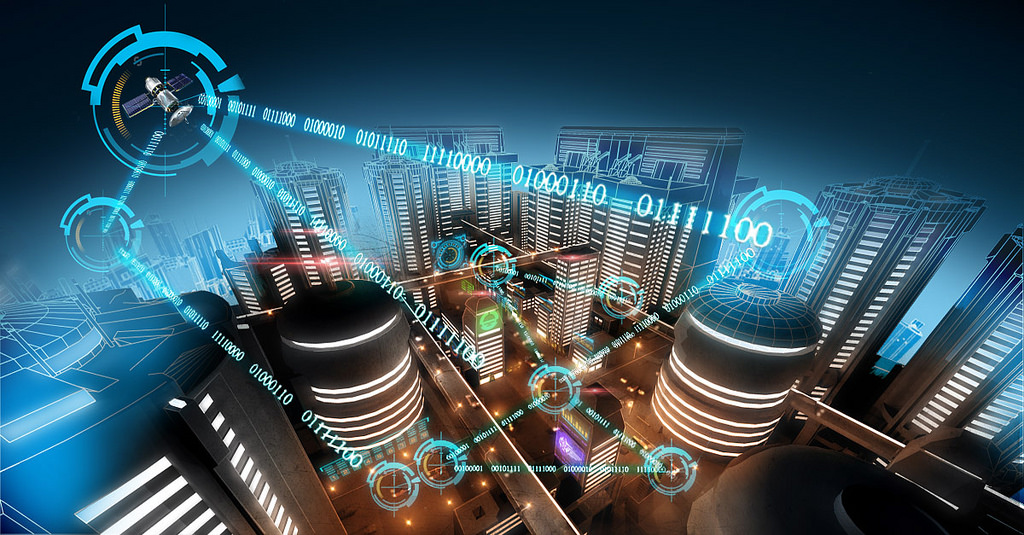
Despite Bill Gates’ major announcement in November 2017, for many people Palo Alto is still the place pioneering the idea of smart cities. Located in the heart of the Silicon Valley, it aims to utilise technology to provide great public services, a great quality of life and become an all-round sustainable city. I spoke to the CIO, Jonathan Reichental to ask how he is using technology to create an efficient city.
“Palo Alto has the expectation to be a leader in technology. This is an important obligation for the team,” Jonathan tells me. He has been experimenting with technology for much of his career, and is currently working on projects to address challenges of transportation by encouraging people not to drive alone, and to drive electric cars. The city is aiming to be proactive around climate change, and transition away from gas to electricity.
“We need to take technology to the next level. How can we take the manual experiences of government, such as filling out a form, and bring it to the digital?”

The future is driverless
One of the ways Palo Alto is developing as a smart city is through introducing driverless cars. Jonathan thinks that it will be between 10 and 30 years before the roads are exclusively filled with driverless cars – but we can expect a transition period where there are both driverless and human driven cars on the road simultaneously. Both tech companies and traditional car manufacturers are experimenting with driverless cars at the moment, and it is believed they will vastly cut the number of accidents on the road.
“This will be the most impactful shift in society that we will see in the first half of the twenty-first century. It’s not just about driverless cars – cities will be designed differently.”
“Tomorrow we build cities for people”
In the US, cities are built in blocks. Wide open roads make it easy for cars to travel down, sometimes with no pavements. If the transport system changes, we can expect cities to also change: the urban sprawl can be converted back into green space to restore a sense of community, and the amount of space dedicated to car parks will reduce dramatically. Jonathan thinks that this will result in cities being built for people again, instead of cars.
Technology and effortless customer service
Smart cities use technology to meet community expectations. In Palo Alto, they aim to make the government smartphone friendly – to be compatible with a generation that are completely smartphone native. The rise of AI means that government can use both chatbots and data to drive quicker solutions to the cities problems and help things to move more efficiently. Jonathan believes that this is something cities need to choose to do now, as it will only be a matter of time until communities eventually demand it.
Over the past five years in Palo Alto, they have moved 60 of their platforms online – including creating an entirely digital library where citizens can borrow books online. There is an app for the public to report non-urgent crimes, and an app for reporting rubbish on the street. The council will fix the problem and get back to you – and you are then invited to rate the service out of ten.
Customer Service Bots
Will there ever be a role in government for customer service bots? Jonathan says there can – but you have to be careful where to apply it. People will get frustrated if they are not having enough human interaction. He says, “It’s important for people to talk to people.”
We are still very much experimenting when it comes to the use of bots. They are not yet human enough to engage in smooth conversation – and they are better used for things like giving out phone numbers or collecting data. There is a role for bots in government – but only very specific roles at the moment.






